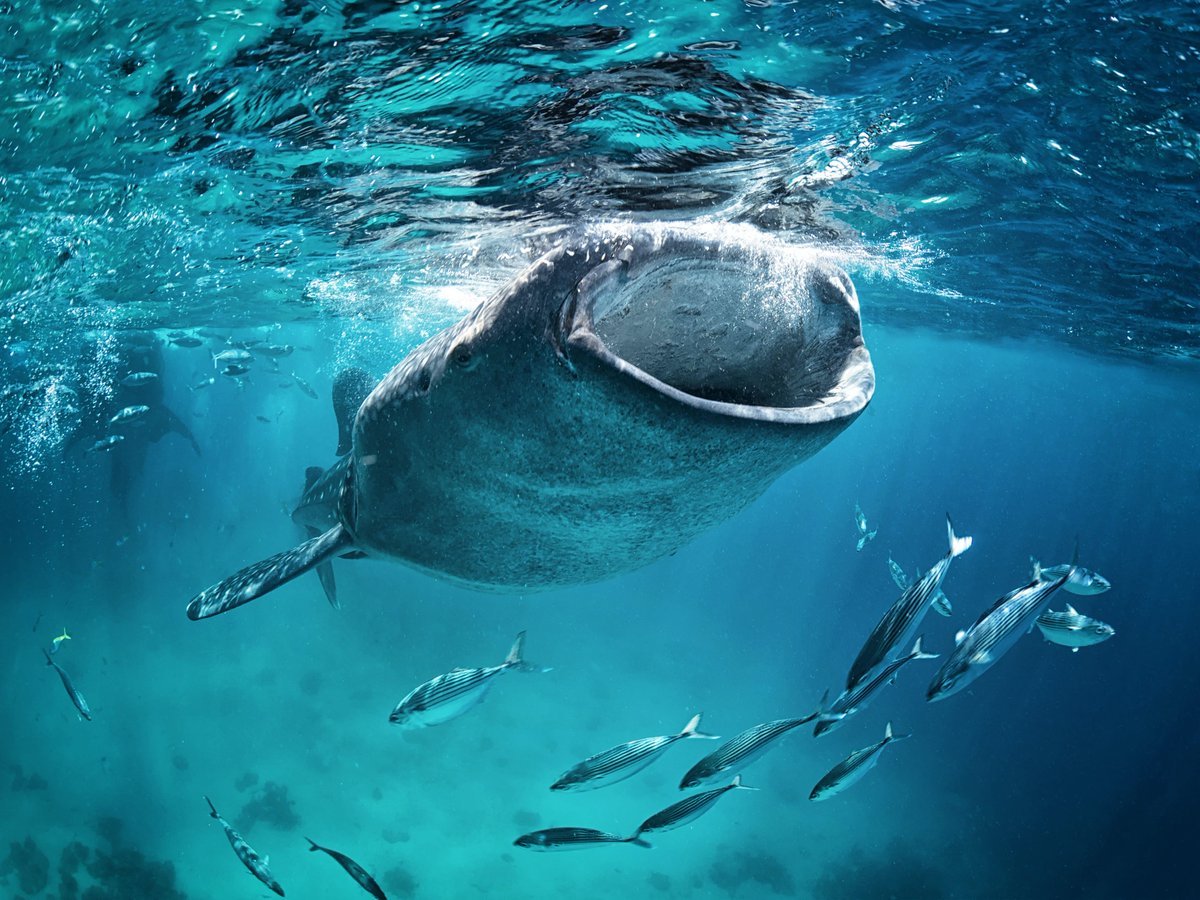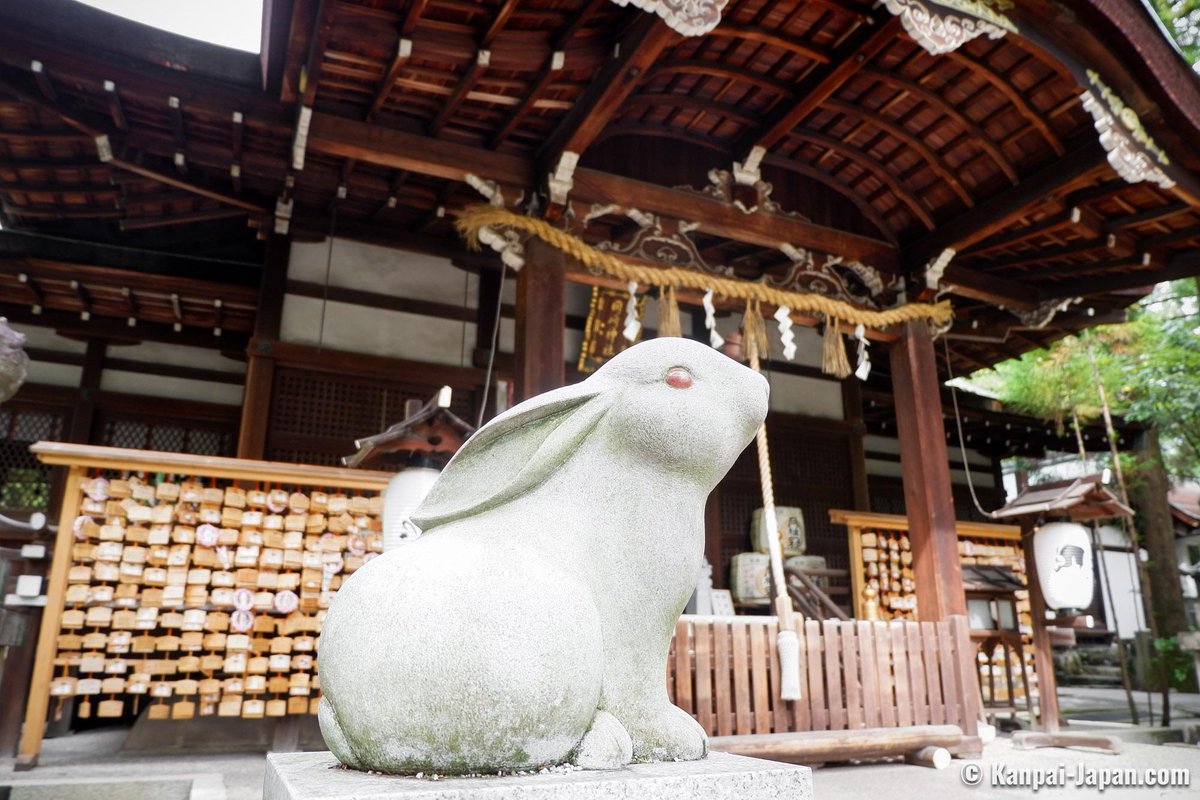For my second #TolkienTrewsday tweet on "animals": a thread on Tolkien's quaint poem about a dreaming cat. In the legendarium, this poem was written by Samwise Gamgee, showing Hobbits' love toward lighthearted animal lore. 1/12
#TolkienTuesday #Tolkien
🎨: Patrick Tolen
#TolkienTuesday #Tolkien
🎨: Patrick Tolen

Tolkien wrote it in 1956 for his granddaughter, starting it with a cute image of a cat sleeping. One might think this cat was dreaming of mice and a bowl of cream:
The fat cat on the mat/
may seem to dream/
of nice mice that suffice/
for him, or cream.
But they're wrong!
2/12
The fat cat on the mat/
may seem to dream/
of nice mice that suffice/
for him, or cream.
But they're wrong!
2/12
This seemingly tame cat dreamed about being a large, ferocious beast. Tolkien described the animal in the cat's dream as its distant kin:
Lean and slim/
or deep in den/
in the East feasted on beasts/
and tender men.
3/12
🎨: Alan Lee
Lean and slim/
or deep in den/
in the East feasted on beasts/
and tender men.
3/12
🎨: Alan Lee

After describing the ferocious beast, Tolkien brought us back to the peaceful state of the sleeping cat, telling us that despite being tamed, the cat still held its wild, beastly instinct of its distant kin:
fat cat on the mat/
kept as a pet/
he does not forget.
4/12
fat cat on the mat/
kept as a pet/
he does not forget.
4/12
Tolkien mentioned an animal called "pard" in the poem. Medieval bestiary manuscripts described "pard" as a giant, swift feline, which killed its prey with a single leap. It was believed that the mating of a pard and a lion produced the leopard.
5/12
🎨: Aberdeen Bestiary
5/12
🎨: Aberdeen Bestiary

This is not the only poem that refers to cats in whimsical ways. T. S. Eliot wrote Old Possum’s Book of Practical Cats (1939), a collection of whimsical poems depicting cats' psychology and sociology; later adapted by Andrew Lloyd Weber into musical "Cats". 6/12
John Keats wrote "To Mrs. Reynolds’s Cat", inspired by his friend’s wife’s cat. Keats took similar route to Tolkien, using an imagined backstory to describe the cat. Keats saw the elderly cat and imagined its past career, such as killing for foods and stealing scraps. 7/12
In "The Cat and the Moon", W. B. Yeats described an image of a black cat dancing under the moonlight, evoking fairy tale imagery and equating the cat’s eyes to the moon, constantly changing as they watch over the changing world. 8/12
Originally shared by @BL_Publishing
Originally shared by @BL_Publishing

Meanwhile, Emily Dickinson’s "She Sights a Bird – She Chuckles" delightfully describes a cat getting ready to pounce on a robin, using whimsical exaggeration and eccentric phrases. A fine example of seeing a mundane thing in a new light. 9/12
📷: scanned by Amherst College
📷: scanned by Amherst College

Since Medieval literature was one of Tolkien’s interests, I must include Pangur Bán, an Old Irish poem from the 9th Century. A simple observation toward a cat became a parable about staying purposeful in a pursuit while appreciating companionship. 10/12
https://twitter.com/BlogTolkien/status/1635636816496795651
The presence of cat in a whimsical poem supposedly written by a respected Hobbit like Samwise Gamgee shows that domestic cats have a notable place in legendarium, proving that nothing is too small to be in Tolkien’s universe and contribute to its richness. 11/12 

This thread was based on my blog post on Tolkien's "Cat" poem! I love this little whimsical poem so much, I turned it into a special blog post. 12/12
putri2wotan.wordpress.com/2021/08/22/tol…
putri2wotan.wordpress.com/2021/08/22/tol…
• • •
Missing some Tweet in this thread? You can try to
force a refresh

 Read on Twitter
Read on Twitter

























